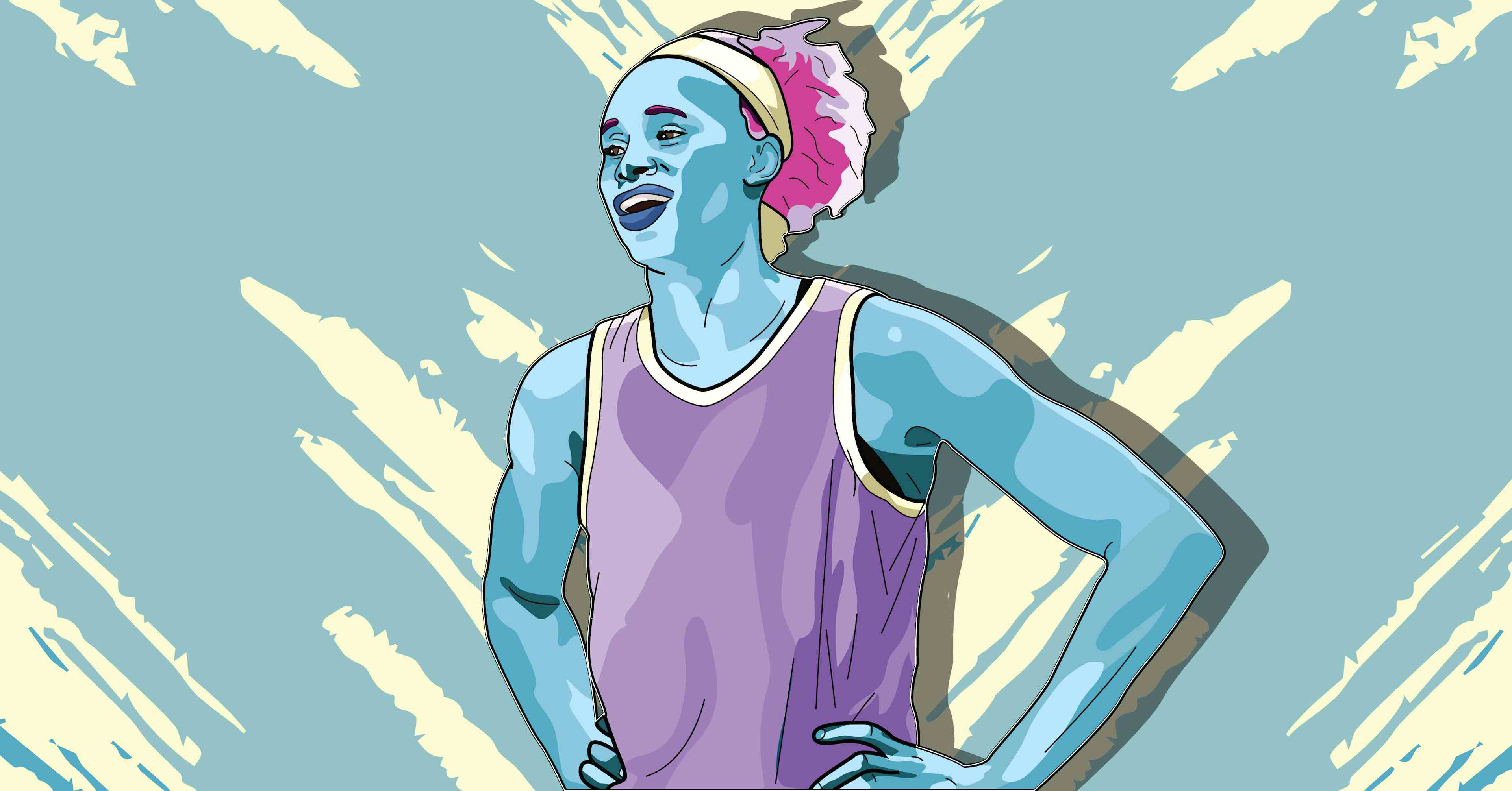

So you need a few ways to get your anxiety in check? Don’t worry, we got you! Today we’ll share some of the best ways to get calm before a big game, and reveal pro athletes’ secrets for staying calm under pressure.
For starters, don’t worry about what other athletes are thinking or how well they seem to be doing. It’s normal to be anxious before a big game. Furthermore, it’s common not to suspect that others are overcome or overwhelmed with anxiety. But it’s likely they’re experiencing the same level of anxiety or even more so, no matter how calm they appear.
For example, when WNBA Champion and 3X3 Olympic Gold Medalist Stefanie Dolson first arrived for college basketball practice at UConn, she was nervous. “…I’m usually scared, I’m always nervous. I think I have so much pressure I put on myself, I just want to be really good. So if I’m not, I freak out. So I was so scared, like petrified.” she said, reflecting on the experience.
So let’s jump into some simple tricks to relax your mind and calm your nerves ahead of games or even practices.
By the way, you can develop your basketball IQ anytime, anywhere, with our fun basketball IQ card game (here for beginners and here for advanced), created in partnership with a Nike basketball trainer!
Here are concrete steps you can take used by NBA and WNBA pros, from changing what you listen to, to getting a really strong feel for the ball and bolstering your confidence. Let’s get after it!
Research indicates that music around 60 beats per minute can cause the brain to synchronize with the beat, causing alpha brainwaves. This alpha brainwave is what is present when we are relaxed and conscious. Researchers at Stanford University have said that “listening to music seems to be able to change brain functioning to the same extent as medication.” They noted that music is something that almost anybody can access and makes it an easy stress reduction tool. Here’s a 60 bpm song list on Spotify if you need some inspiration.
The way you breathe impacts your whole body. Deep breathing increases the supply of oxygen to your brain and helps to promote a state of calmness. Breathing techniques also help you feel connected to your body. Plus breathing exercises are easy to learn. You can do them whenever you want, and you don’t need any special equipment.
A stress-reducing marine breathing technique you can try is:
Meditation and mindfulness can help your body and your mind relax. During meditation, you focus your attention and eliminate the stream of jumbled thoughts that may be crowding your mind. Awareness of breathing is one of the most fundamental techniques for moving into mindfulness. The easiest way to focus on awareness of the breath is to sit comfortably with your eyes closed and begin to focus on your in-breath and your out-breath.
Here’s a five-minute meditation to try. Take a few deep breaths from your diaphragm and release the tension in your body. Focus on a five-count breath:
Reverse this process on the exhale for another count of five, exhaling from the crown, chest, ribs, belly, pausing on the last bit of breath out of the body, and then begin again.
“I’m constantly amazed at the number of athletes I work with who are exceptionally skilled and highly talented, but who don’t play that way because they don’t see themselves that way. They don’t have a clear sense of purpose or understand that how they see themselves creates their reality.” said NBA mental performance coach George Mumford. If you tell yourself that you’re not good compared to others, or if you attribute your good fortune to luck alone, your self-concept probably needs reexamining. In short, you’ll see it when you believe it.
Imagery works to enhance performance by sharpening the mental blueprint and strengthening the muscle memory for the physical goal at hand. The brain does not always differentiate between real and vividly imagined experiences because the same systems in the brain are used for both types of experience.
Visualize positive performances and picture the ideal steps for achieving a successful result. Create a clear mental picture and a powerful physical feeling of what you want to accomplish. When you visualize, do it from the first-person point of view through your own eyes. Not from a bird’s eye view where you’re picturing everything from above. That way you’ll have achieved your basketball goal, as if it really were you.
Do this by including the:
In The Champions Mind, author Jim Afremow, shares that three key ingredients for successful imagery rehearsal are:
If you need some help getting started, check out this guided visualization practice session.
Put a big focus on ball handling to warm up your feel during your pre-game routine. Create a routine you want to use every time. You’ll feel more confident, dribble better, and shoot better when your hands are well connected with the ball. A handling warm up we recommend is:
Stationary:
Moving forward/backward to half court:
Or you could try Golden State Warriors’ NBA champion Steph Curry’s pre-game dribbling routine:
Tell those pre-game jitters goodbye! You’re equipped to keep your cool before your next high-stakes game. You can also get our helpful printable journal here to remind you to complete the above steps ahead of your next game. Up next, learn basketball leadership tips from pros or work on your weak hand with some fun drills.